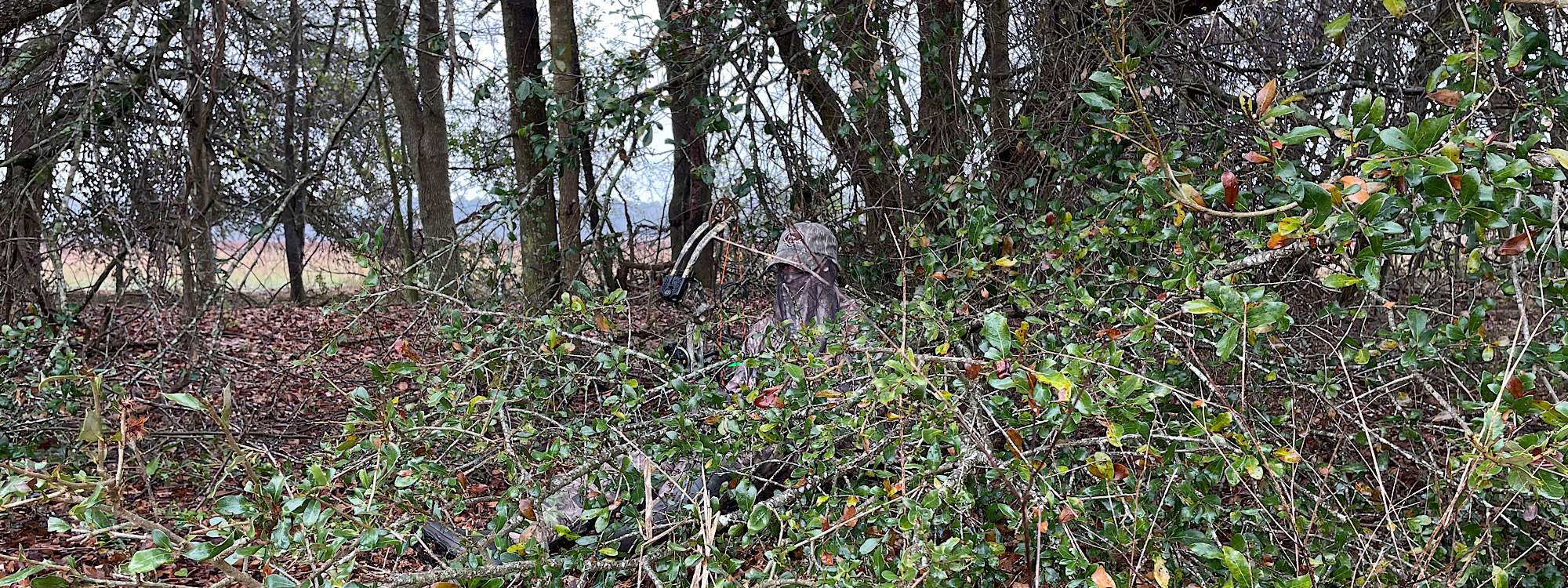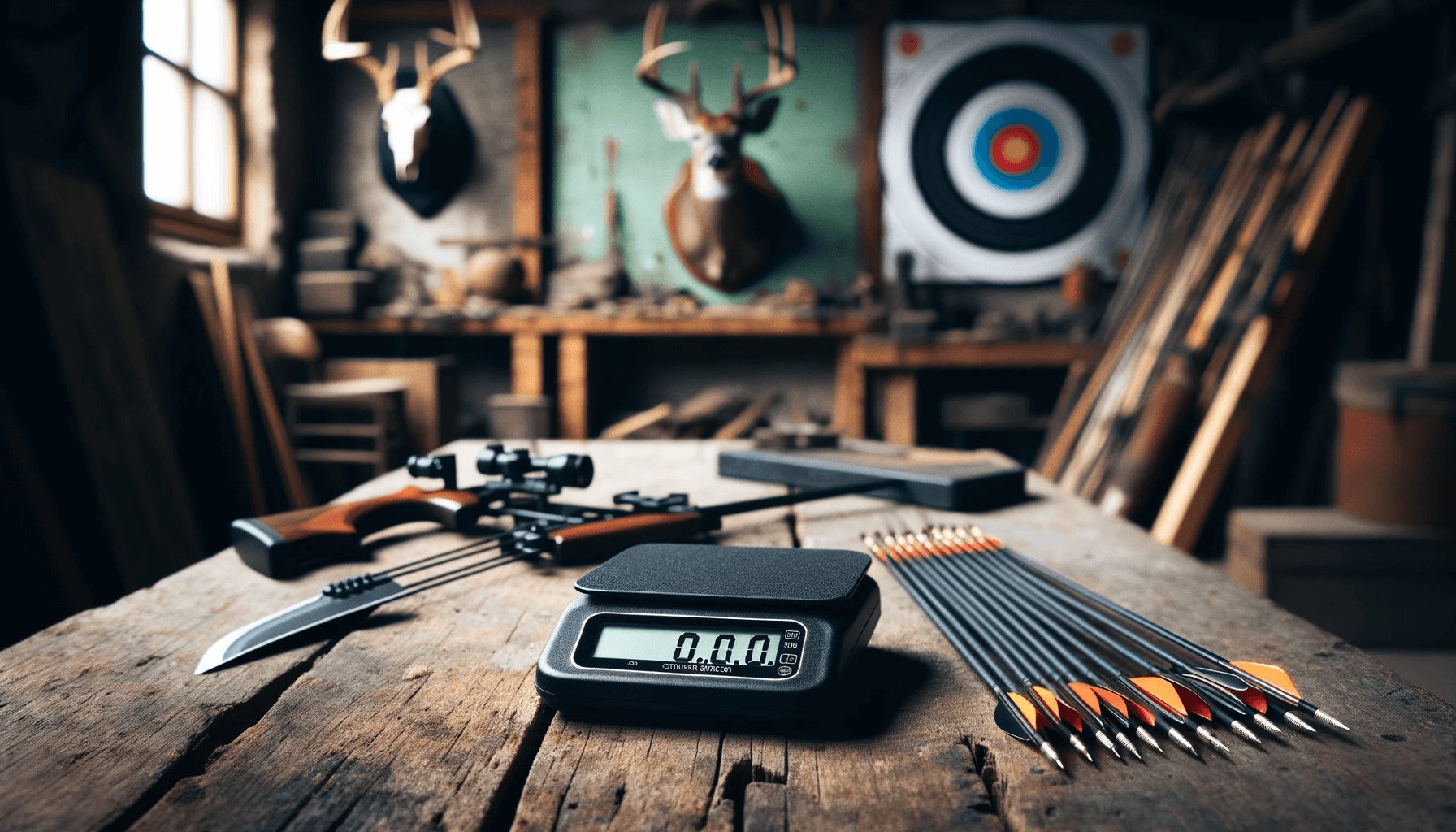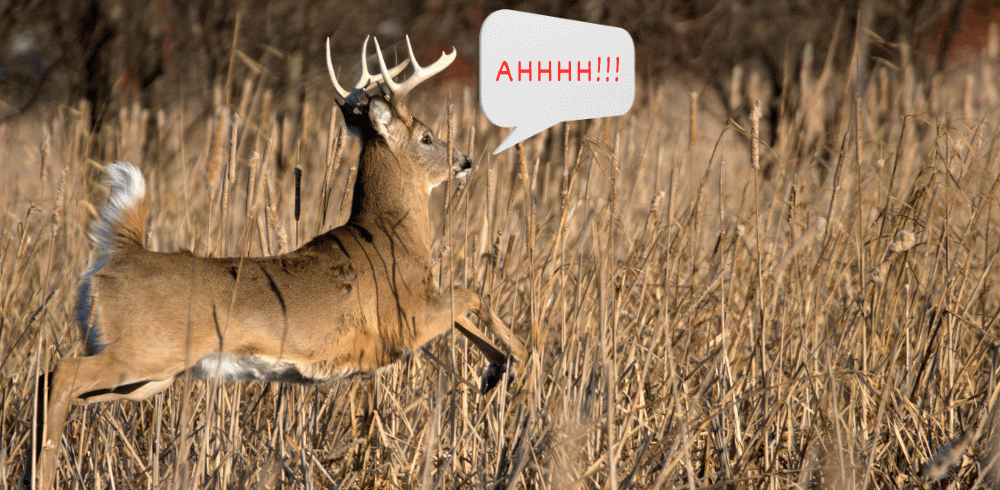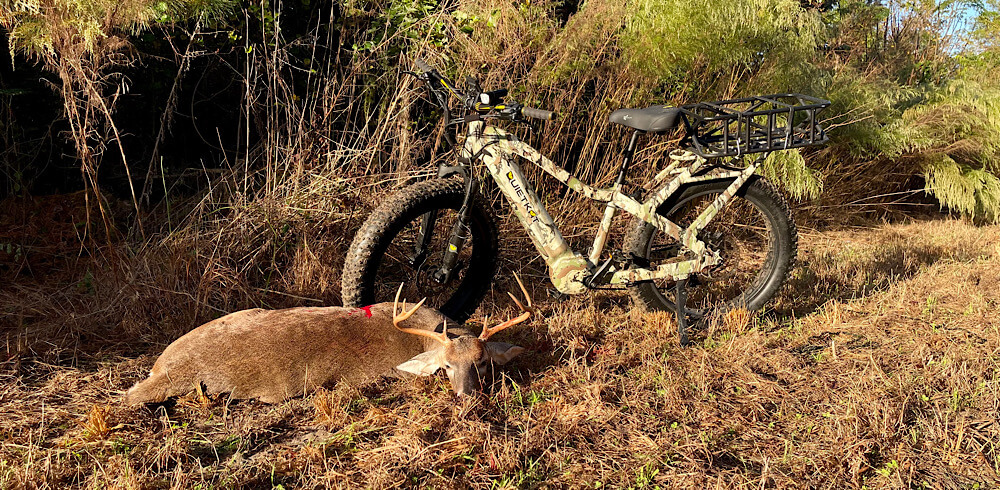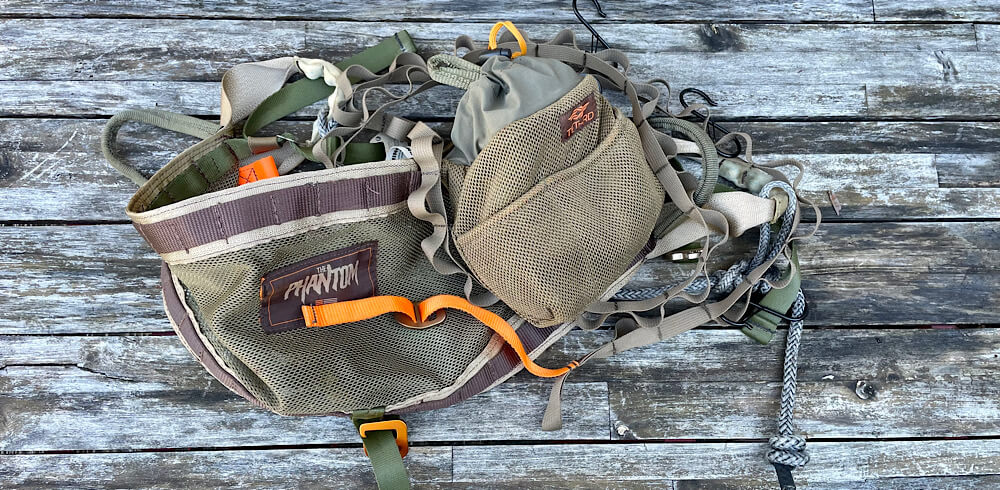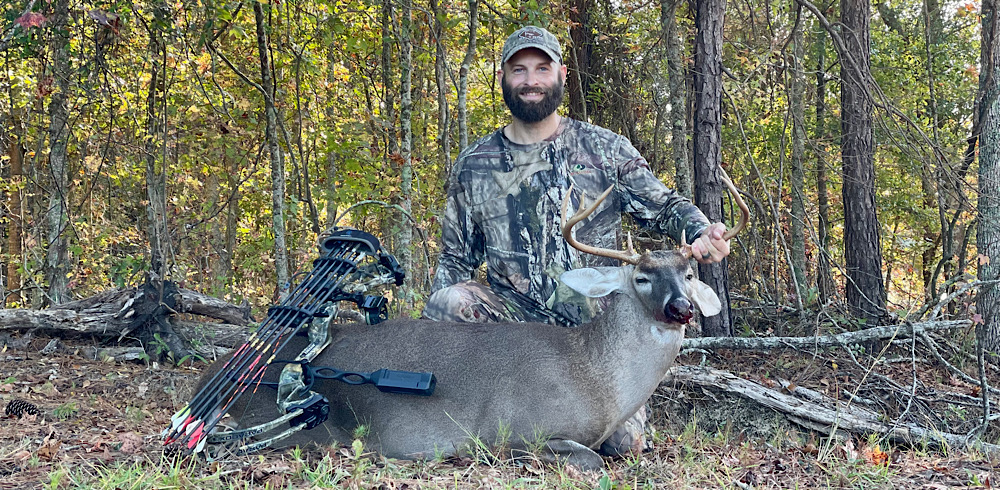Don’t Overcomplicate It
We have a tendency to get lost in the weeds when it comes to hunting. We compile and analyze data and trail cam pics to the point of exhaustion, only to leave the woods the same way we came – with an empty truck bed. The details matter, but sometimes we just need to look at the big picture. If you’re aiming to take home a turkey this Spring, but don’t feel up to the task, just keep it simple. There are only two things you need to bag a bird. One is their location, and the other is patience. Have those two things, and it won’t take long at all to grab one by the spurs.
Find Them First
Run ‘n gun hunting can be exciting, but the odds of success aren’t quite as high as the social media highlights might suggest. To walk into the woods confident that you’ll at least see a turkey, your main priority should be locating them before you ever go in to hunt – and not just locating their general area. Knowing where they roost and/or where they frequent on a near-daily basis is critical to early success. Turkeys will move all day long from fly down to roosting, and without being bothered, they’ll visit many areas nearly every single day. So, how do you locate them? Well, if you saw any during deer season in a location you can legally hunt, you’re already on your way. I often see turkeys during deer season and make sure to make a mental note or mark it on onX. If, however, you’re starting off without a clue, start near water. It would be an understatement to say that turkeys love roosting over water. It can be up against a river, a creek, a marsh, even just a flooded bottom. If it offers good food, it’s a good place to look. Open pines and/or open hardwoods offer plenty for turkeys to eat. If you’re in hill country, check ridge tops. Turkeys love to fly down to them, and if it’s a ridge system, they’ll often stay on top all day.
Get Out There Early
If it’s a month or two out from the season, or even during the season for that matter, get out there before daylight and just listen for the first 30-60 minutes of the day. If you don’t hear any gobbling, that’s ok. Some mornings, they’re just not vocal. Start walking and looking for scratchings. If you come across a small scratching that “could have been a turkey,” keep walking. Wait until you see an area absolutely torn up, then mark it on onX.

Once you’ve found good sign, if you have a camera, go ahead and put it out. Also, pick out a good ambush spot in case you’re there to hunt on your next visit.
*Note: cell cams, such as the Tactacam Reveal XB, are great for gaining intel without bumping turkeys out of the area. If you find turkeys through use of a cell cam, there’s no need to go back in and risk spooking them. Just get ready for the hunt. That’s why it’s important to go ahead and pick your ambush spot before leaving the first time.*
If you don’t find anything after a day of searching one parcel of land, don’t be discouraged. It only takes one good location to tag a turkey. Just look at the map and find a new area to search. Eventually, you’ll find them. And when you do . . .
Be Patient
You’ve found them. You’re either camped out under them in the pre-dawn darkness after seeing them fly up the night before, or you’re waiting for them to show up at one of their favorite spots. If you’re near the roost, don’t get antsy and call to them while they’re in the tree. I’ve done it. They’re firing off, so you call, thinking that’ll make them fly down to you. They respond to your call, so you call again. And again and again and again. You’re thinking that gobbler’s going to fly right into your lap!
The problem is that the gobbler is waiting to see a hen, and when one doesn’t show, the jig is up and he flies down going the opposite way. Don’t believe me? Give it a shot and see for yourself. I’m not saying it has never worked, but if you’ve got him that close, why risk it? Just let him talk, and when he flies down, see where he’s heading. If he’s coming to you, don’t make a peep. Just be ready. If he sounds like he’s moving away, give some light yelps and maybe some very soft purrs. If you get a response, get the bow ready and don’t call again unless you can tell he isn’t coming.
If it’s early in the season and he has a hen with him, he may not come no matter what. Sometimes, a boss hen will lead gobblers away from a competing hen that’s not in her flock. But that still doesn’t mean you should get up and leave. If it’s the time of year when that hen is laying eggs, at some point, she will do just that, leaving that gobbler alone. He’ll remember where you were and may return.
Wait Him Out
If you aren’t sure of the roost tree, but know where they’ll be at some point in the day, don’t second-guess yourself whey they don’t show up as expected. Turkeys don’t operate on a schedule. They may visit the same little opening between 10AM and 12PM every day for a solid week, then not show up until 4PM another day. Maybe a coyote came through and knocked them off their routine. Maybe the rain brought more worms to the surface and it’s causing them to spend more time in another area before making it to you.
Whatever the case, don’t be tempted to call too much. Calling too much is the quickest way to run off a turkey. It would be better to leave the area untainted and return another day than to blow them out of there with too much calling. They know what turkeys sound like, the volume at which they make each sound, and how often they vocalize. Calling very sparingly won’t raise any red flags, but calling too much will. And so will calling too loudly when one is nearby. So, call sparingly, and when you get one hanging up close by, use very soft clucks and purrs to pull him in the rest of the way.
*Note: Using decoys can give longbeards a target to aim for on their approach, and also help to keep their attention off of you.
Easier Said Than Done
I know this may all sound easy enough, but trust me, I know it’s not. I’ve been chasing longbeards for 15 years. I know how difficult it can be, but I’ve found that when you break it down and look at what it takes to tag turkeys on a consistent basis, it really boils down to just two things. Finding them. And being patient. If you do those two things consistently, you’ll find yourself with more opportunities than you ever had before.

